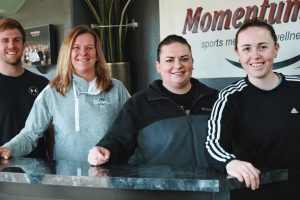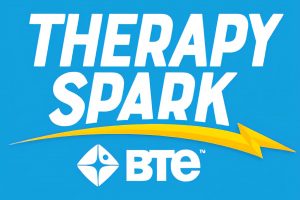-

When negotiating reimbursement rates and considering treatment plan approval, insurance companies refer to their own statistics as a guide. Bringing your data levels playing field, offering the leverage needed to negotiate for your patient. Outcomes tracking can help you advocate for your patient and show the value of treatment.
-

Many wonderful things happen during the summer time. Vacations, family walks, outside time with the dog(s) all can be ways that we enjoy our summer days and nights. But this is also a time that people can experience a spike in lower extremity and even lower spine injuries. One of the potential causes? You guessed…
-

It’s Time to Grow your Clinic
CategoriesIt's imperative that clinic managers ask themselves difficult questions now because of what I have recently observed. If these stories resonate with you, your clinic may be reaching the limit on how hard your staff can work and how many expenses you can cut. The approach of increased productivity and lower expenses as the road to profitability may be coming to an end.
-

In accordance with the “triple aim” of the Patient Protection and Affordable Care Act, healthcare providers are now held to a higher level of accountability than ever before. Therapists must demonstrate measurable results and an enhanced patient experience. This process begins with an accurate assessment of the client’s physical therapy needs.
-

“We have to keep costs low, get results and keep the referral source happy, but we also have to keep the patient happy,” says Rich. “Using Primus for effort measurement allows us to do both.
-

Welcome to TherapySpark!
CategoriesWelcome to TherapySpark! Your source for sparking conversation on important topics in rehab. At BTE, we have been helping the rehabilitation world achieve clinical and business outcomes for over 40 years. TherapySpark continues that mission. All of us at BTE are excited about furthering important conversations in therapy today by delivering relevant content to you…
-

Nearly 10% of women between the ages of 20-39 are affected by weakness and injury to this region according to a study by the National Institutes of Health. As women age, that number grows to nearly 37% for those between the ages of 40-59. Some consider this the product of aging but it is widely viewed that this is not a normal or acceptable diagnosis.
-

For over 35 years, we’ve worked with clinicians and supported their efforts to deliver first-rate rehabilitative therapy to their patients. Our clinicians are in and out of a few hundred clinics each year. They will share the innovations, trends, and helpful stories they encounter.




